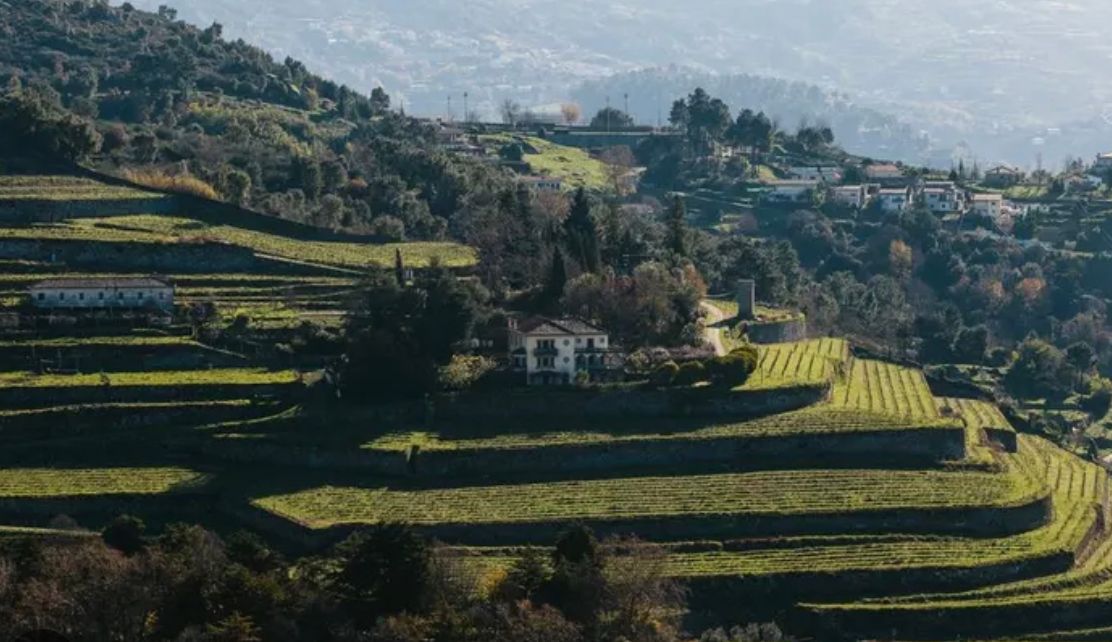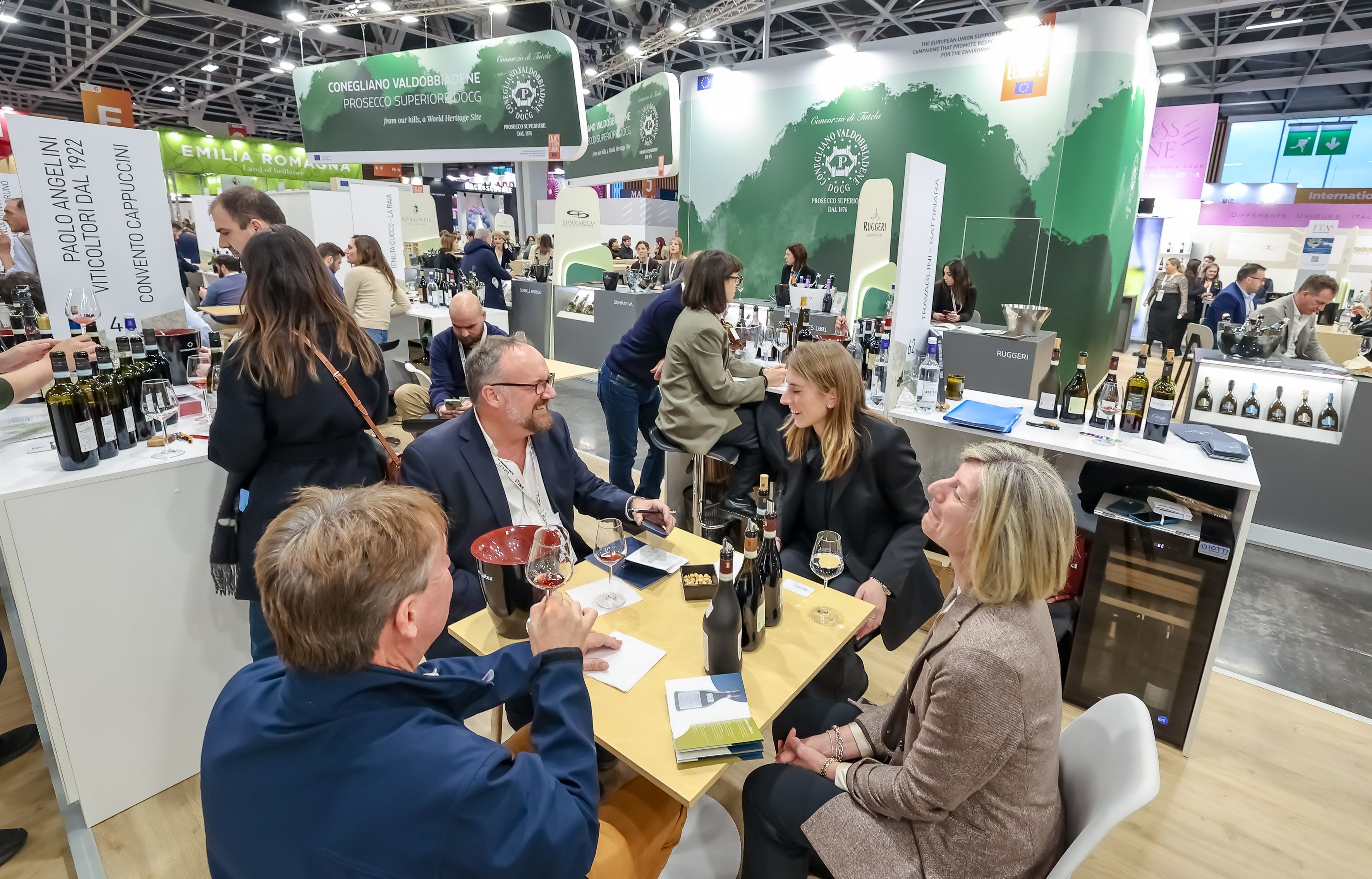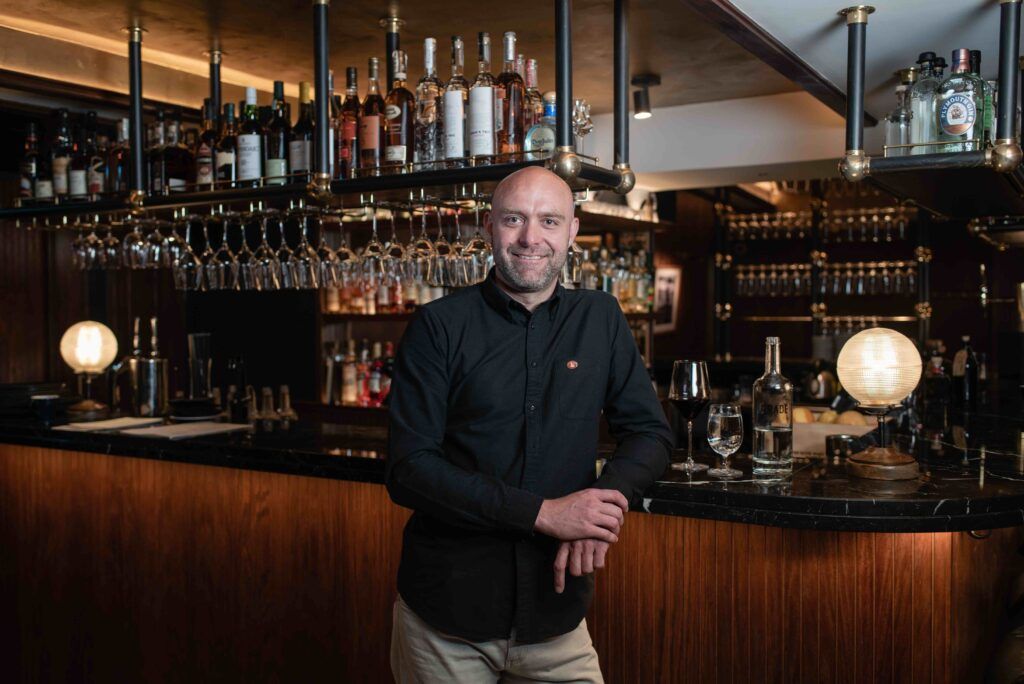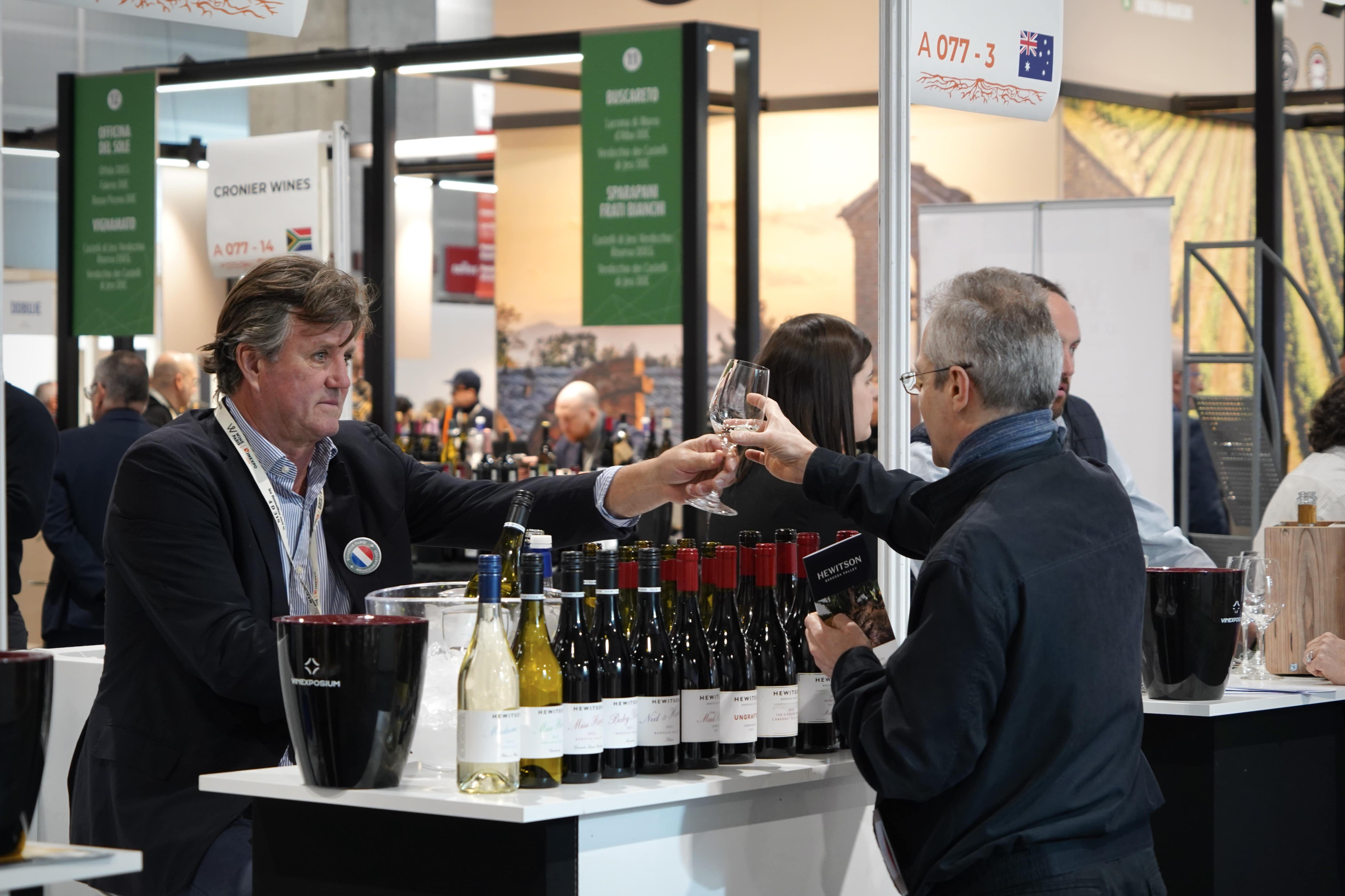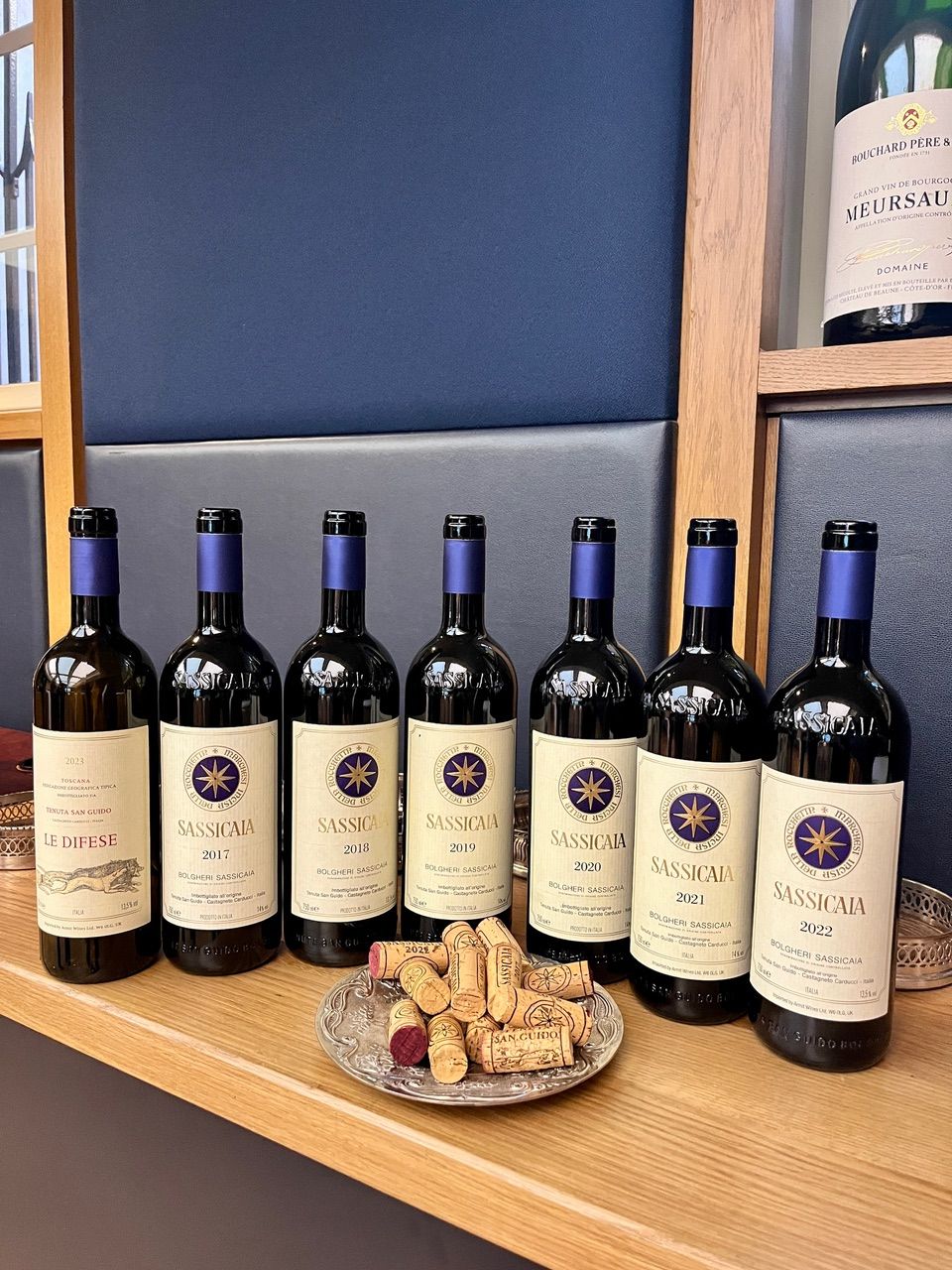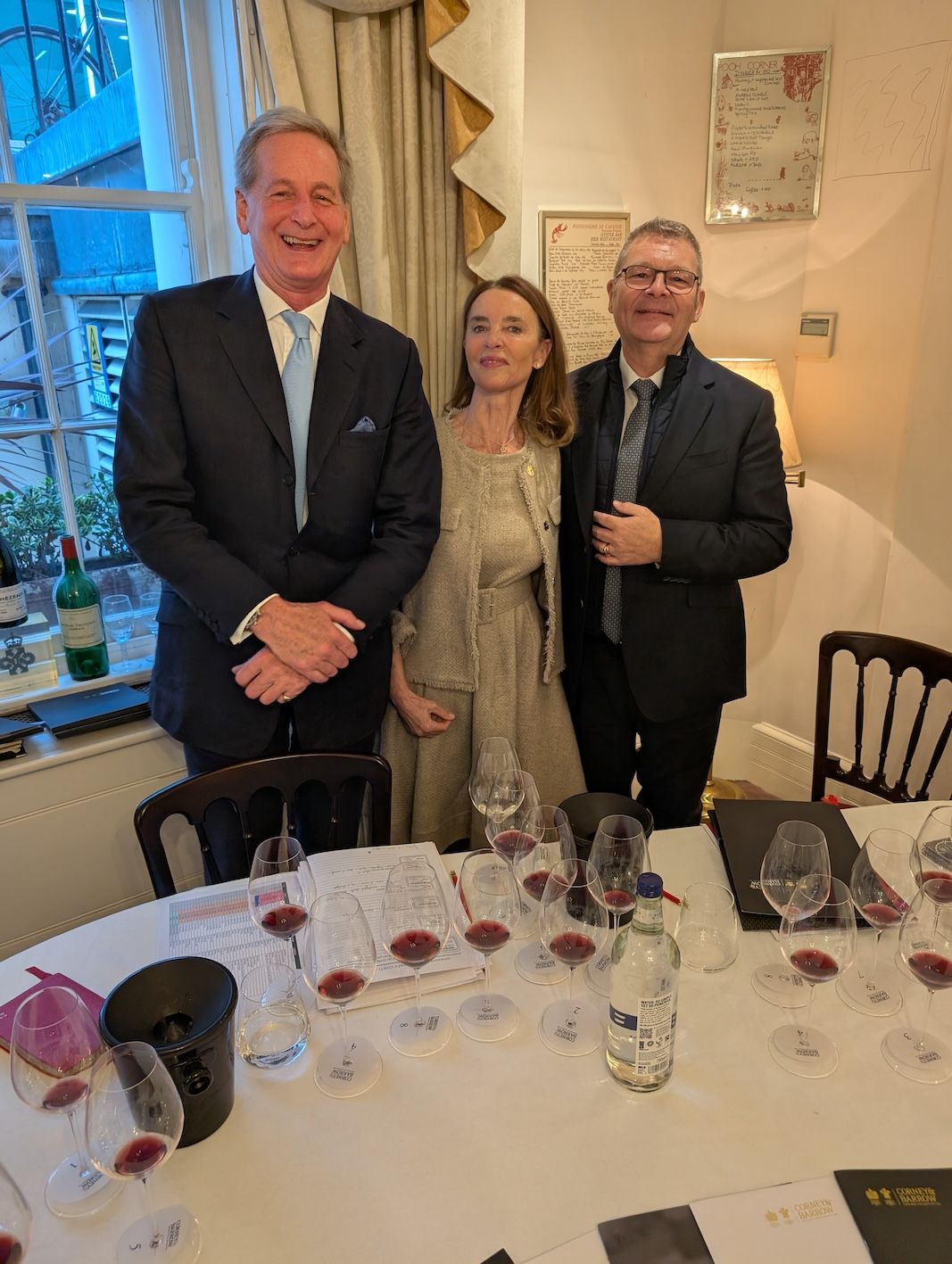“Here (in Vinho Verde), we get quality at a good price, so there’s definitely a market opportunity for an independent such as ourselves.” Find out why Vinoteca’s Marianna Sivalli, along with the other independent wine merchants, were enthralled by what Vinho Verde has to offer.
It is one of the largest – and oldest – wine regions in the world, occupying a vast, verdant swathe of north-western Portugal, from the Minho River on the northerly border with Spain down to the Douro with its mouth in Porto, rising rapidly from the blustery Atlantic coast into the misty foothills of the mountains. While the wines of Vinho Verde are much enjoyed at home in Portugal, they are also an export success story, with a level of name recognition that must surely be the envy of other regions.Germany, France, Brazil, the United States and the UK are its largest markets and as Portugal sees continued expansion in its wine exports, the region is keen to ensure that it maximises its potential.
While mainstream retail already snaps up plenty of its entry level output, the Vinho Verde Wine Commission has eyed an opportunity for growth at the higher end, focused on wines produced from single varieties – a category that performs well when ‘hand sold’ by smaller scale independent wine stores and/or bars.Hence the decision to invite a small, select group of such indies to the region to visit, dine, taste and take part in a recorded debate for The Buyer.
So our thanks go to our panel that included:
- Marianna Sivalli, operations manager at Vinoteca group.
- Lisa Chisholm of Liquorice wine bar in Essex.
- Del Crookes co-founder, with wife Natasha, of Cornwall’s Kerno Wine.
- Dora Simōes, president of the Vinho Verde Wine Commission.
CLICK HERE TO WATCH THE FILMED PANEL DEBATE
About Vinho Verde
Though it translates directly as ‘green wine’ – and is still sometimes assumed to be such because the wines are so fresh – the name Vinho Verde actually refers to the characteristics of the region and the dense foliage that’s maintained by the maritime conditions, with an average 1,200mm of annual rainfall.Come rain, or shine, be it summer or winter, the region always looks lush.
Totalling around 16,000 hectares, Vinho Verde encompasses nine sub-zones – Monção and Melgaço, Lima, Cávado, Ave, Basto, Sousa, Baião, Paiva and Amarante – with a diverse range of grape varieties whose use is chiefly influenced by the specific climate conditions of the respective areas.
So Alvarinho (aka: Albariño, north of the border in Galicia) tends to thrive in the north of the region, where it is slightly drier and warmer, while Loureiro dominates a little further down, with Avesso and Arinto thriving in the mountainous areas inland.
In all, there are six main white varieties, when Azal and Trajadura are added to the mix.Though white accounts for nine in every ten bottles coming from Vinho Verde, the region also boasts three idiosyncratic red grapes: Espadeiro, Padeiro and Vinhão, with the first two used mostly for rosé wines and the latter, a ‘teinturier’ variety (meaning its flesh is the same colour as its skin), producing bracingly fresh red wines that are best served chilled, usually in a bowl resembling a tea cup.
Blending has historically been used to achieve Vinho Verde’s signature fresh and accessible style – famously with a light spritz from the addition of carbon dioxide – but the production of single varietal, terroir-specific, age-worthy wines has taken off in recent years, with such cuvées winning acclaim from the critics. Be it from individual producers, or the region’s large co-operative wineries, the dramatic improvement in the quality of Vinho Verde has not gone unnoticed.
Spreading the word
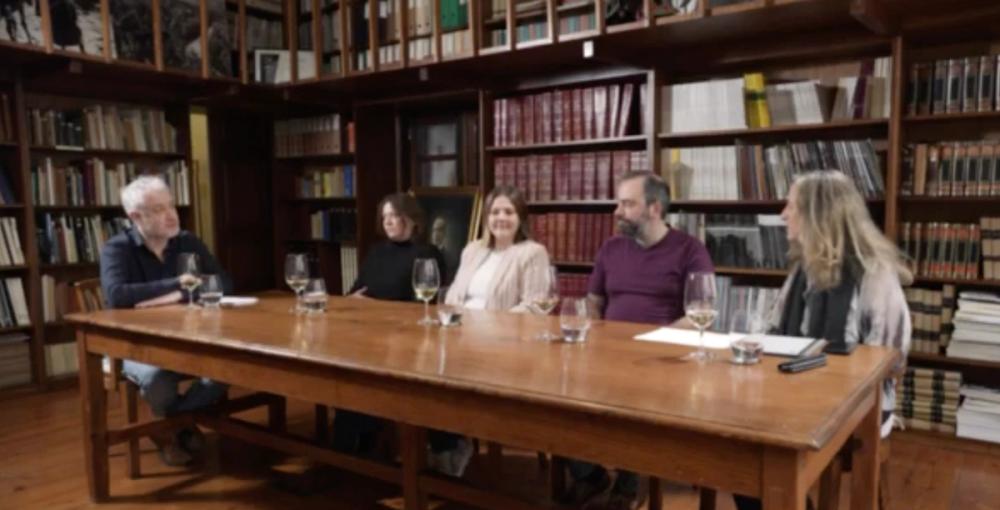
The panel debate was chaired by David Kermode and brought the three buyers together with Vinho Verde
“I think the perception, historically, of Vinho Verde, is of a light, spritzy, low alcohol,easy-going, white wine – and we have a lot of customers come in and ask for exactly that – but we have also offered wines (from the region) that aren’t spritzy, or young and fruity, and that has been a harder sell, so it has been very interesting to come to the region and see the massive diversity in the wines (and) as an independent wine shop it will be easier for us to change those perceptions,” says Del Crookes, reflecting on a tasting of around 60 wines, mostly white, but also sparkling, rosé and red, laid on by the Vinho Verde Wine Commission, which included aged white wines.
“Blends have their place, obviously, but when you taste the varieties on their own … they do have different characteristics, obviously, that sometimes get lost in a blend,” he adds.
Lisa Chisholm agrees, reflecting on the opportunities the diversity of varieties presents for a wine bar and deli that specialises in pairing dishes.
She says: “We can speak to our customers. Our job is to educate in a sympathetic way. We can show the traditional wines, but we can also demonstrate the wines that have more complexity, perhaps more age.We have the opportunity to guide customers to other varieties something they haven’t had before.”
Describing the region’s grape diversity as “a revelation”, Marianna Sivalli said it had opened her eyes to the potential across the wine list at Vinoteca: “To be able to try the individual varieties on their own has been a great opportunity. Vinho Verde is known for its whites (and) the production of reds is very small, but it has been nice to try these fresh red wines as well.”

Vinho Verde Wine Commission’s president, Dora Simōes, believes there is good potential for its aged wines
Also taking part in the debate, the president of the Vinho Verde Wine Commission, Dora Simōes, who outlined the challenge posed by the diversity of styles now coming from the region: “Of the companies that produce the lighter style, most also produce the wines in the more age-worthy, complex style. While some only produce the more upscale wines (so) now in the region, we are working to figure out a name, or category, in order to separate them.”
She adds: “We will have some work to do, so that selling Vinho Verde becomes easier (but) it is important to maintain both (styles) in the region.”
Alcohol on trend
With ‘low and no’ growing exponentially as a category, Vinho Verde finds itself, mostly by dint of its climate, completely in tune with the times, with wines that are naturally lower in alcohol, without the need for intervention in the winery.
While the region’s Atlantic weather systems have undoubtedly posed challenges for growers over the years, Simões says those conditions have also paid a dividend.
She explains: “The lower alcohol of Vinho Verde is very important (because) we are in tune with the trend. It is a natural process here, to do with the weather in the region (so) the grapes don’t get too high in alcohol. The backbone of Vinho Verde is the acidity and the low alcohol.”
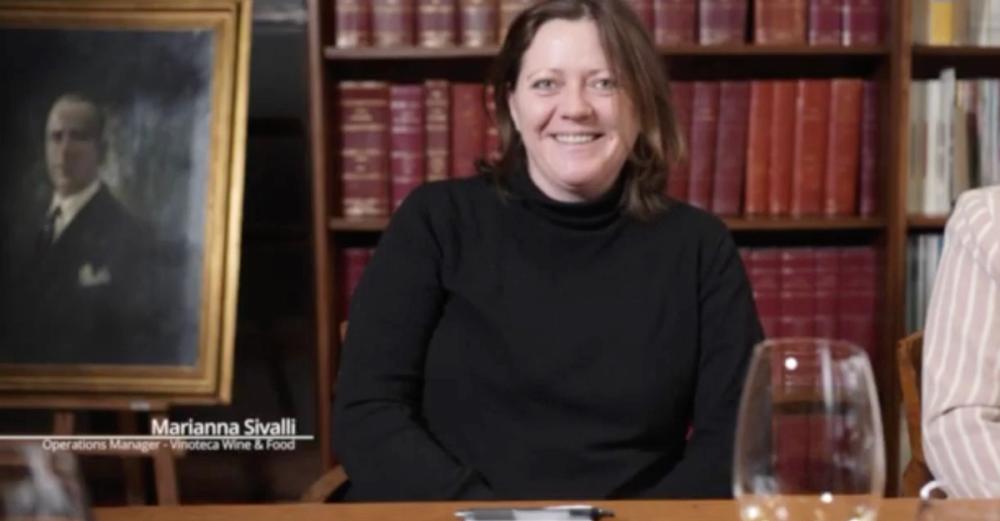
Vinoteca’s Marianna Sivalli says she was surprised by the quality and the price of the wines she tasted
With a high level of lunchtime trade and a metropolitan, alcohol-conscious customer base, Sivalli highlights the naturally occurring ABV as a major plus for Vinho Verde: “Most of other wine regions are the opposite, the alcohol levels have been going higher and higher and we notice more customers checking the alcohol levels on bottles, which they weren’t doing before.I even do it myself.”
Value from Vinho Verde
Sales of Portuguese wines have been booming in the UK, growing 18.15% in volume and 43.85% in value in the first half of 2023, according to Wines of Portugal, with value for money a key consideration for consumers in a cost of living crisis that has been exacerbated by significant rises in alcohol duty.
“In our value category, we have a shelf that’s £12 and under, which has crept up from £10 and under, and the number of the Portuguese wines on that shelf is growing (because) the value that you’re getting in those bottles is incredible compared to some other regions. Portugal is in a bit of a sweet spot when it comes to the recent duty increases just because it’s such great value,” says Crookes.
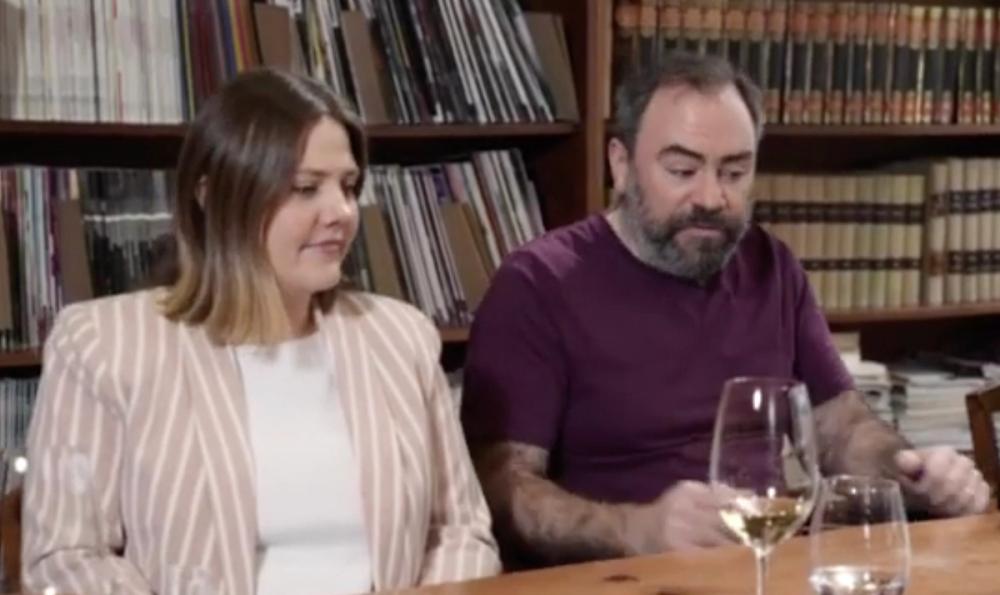
Del Crookes says he is excited to go back and talk to his customers about what Vinho Verde can offer
It is a sentiment shared by Chisholm: “We’re getting quality at prices you just don’t expect anymore.It has been a great pleasure to have something beautiful in the glass that doesn’t cost the earth.”
At the Vinho Verde Wine Commission, Simões unsurprisingly agrees that the region offers exceptional value for money, but cautions that prices cannot be held lower than is sustainable: “It’s important that the (reputation for) value continues, but we all understand that there also has to be a fair price paid to the grape growers and to the producers. Some of the producers of Vinho Verde are very modest. They do not value their own wine (with) margins that are too small.The wines deliver a lot more than their price.”
Parting thoughts

Lisa Chisholm of Liquorice wine bar in Essex says the trip has opened her eyes to the diversity of Vinho Verde
Concluding the visit, having celebrated the region’s gastronomy as well as its wines, what do our independent specialists take home with them?
“Before, I might have just put Vinho Verde into a wine by the glass, but there’s a space right across the business for a diversity of wines,” says Crookes. “You really have to come to the region to immerse yourself. I will go back to the UK andevangelise about the complexity and diversity of the region’s wines.”
Chisholm echoes that point on the level of diversity: “We have lots of different colours, depths and flavour profiles and a highlight has been to taste some back vintages. Those aged wines have been a very pleasant discovery.”
For Sivalli, it is a similar theme, as the Vinoteca team put together its wine list for the summer 2024 season: “To find wines that can age this well, I was very surprised to see the prices.Here (in Vinho Verde), we get quality at a good price, so there’s definitely a market opportunity for an independent such as ourselves. It has been a revelation and I shall definitely be looking to add some of these wines.”
- To find out more about the region go to official website ofthe Vinho Verde Wine Commission here.
